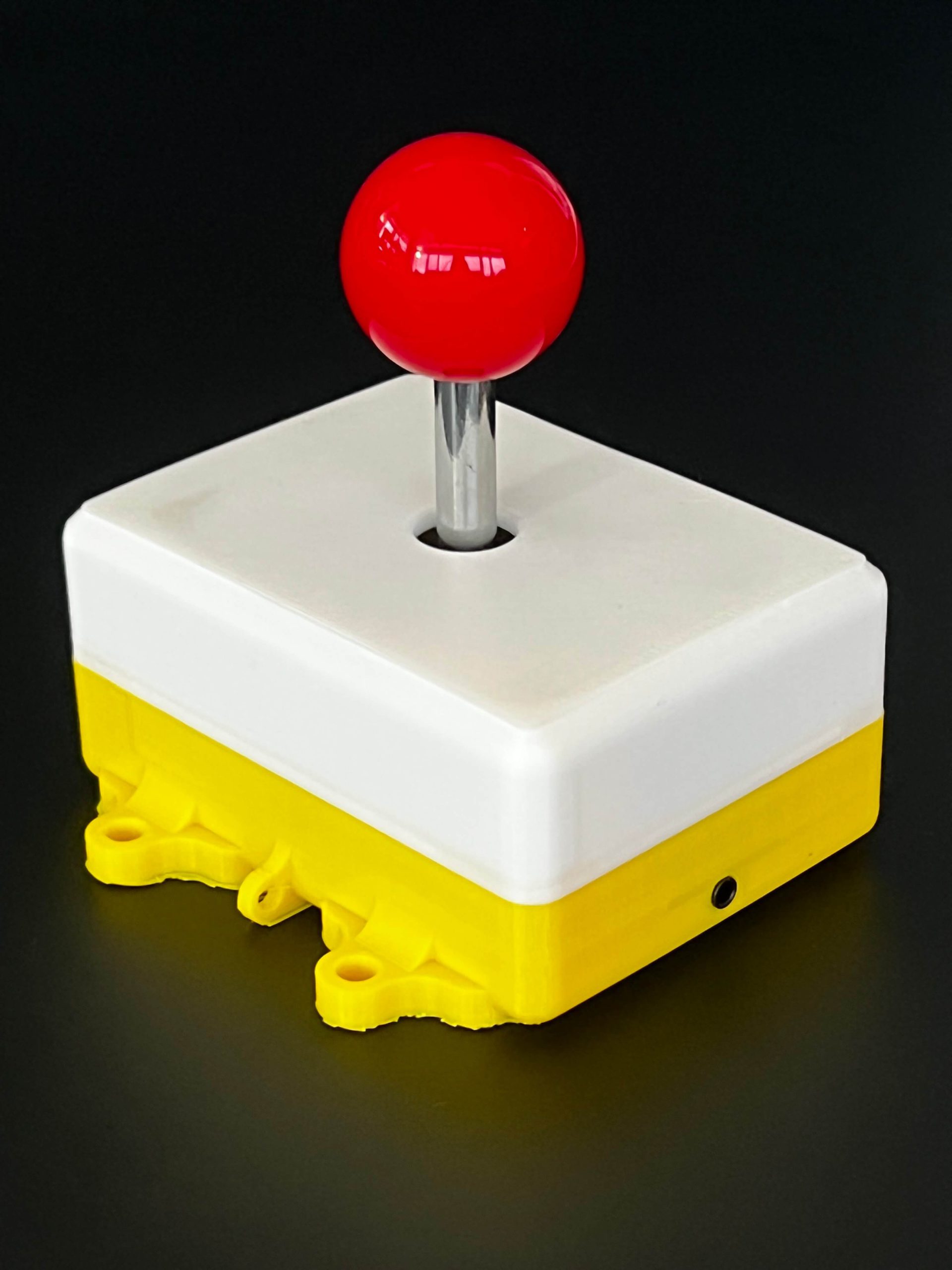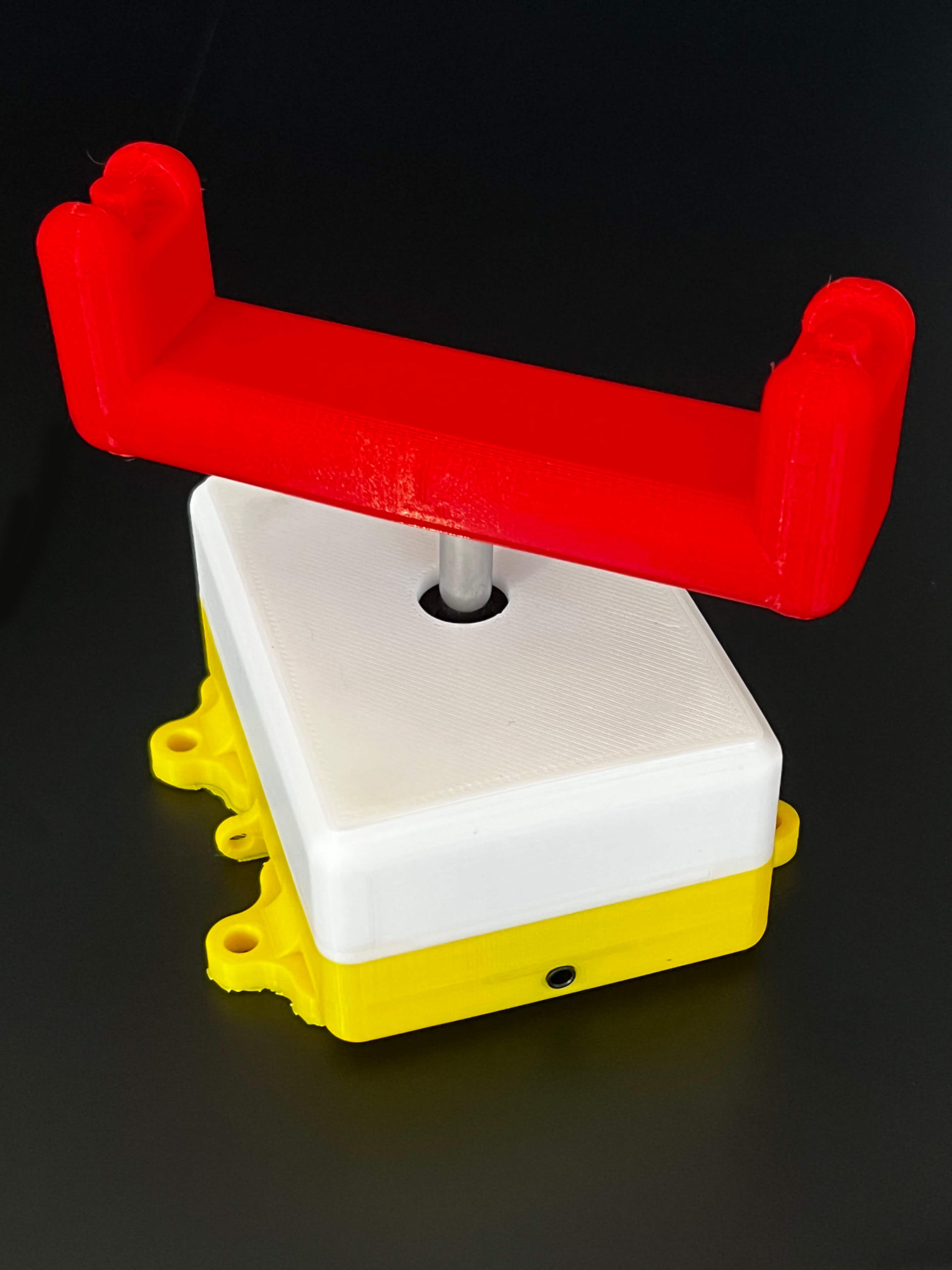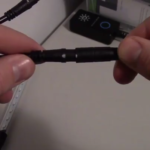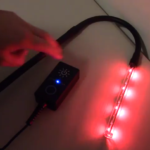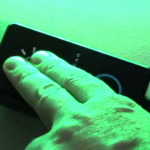netClé
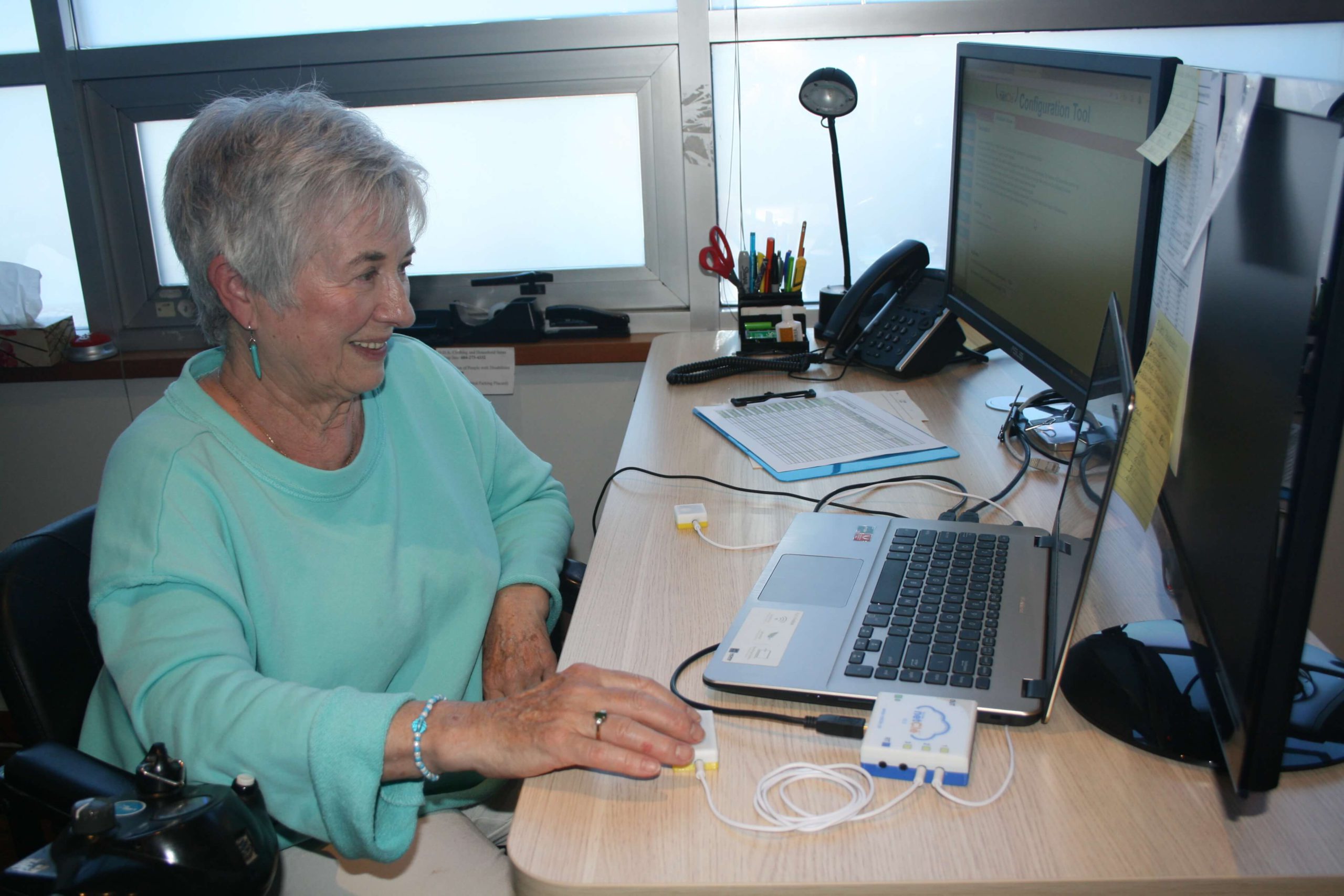
Configuration Tool
User Guide
Welcome to netClé!
netClé is a user-friendly customizable device that enables people with a range of mobility limitations to independently operate a computer. In addition to the netClé hub, the device comes with a variety of connectable sensors, switches, and other input devices allowing users to operate electronic devices with touch or movement from a single digit or limb. At the heart of the netClé hub is a hardware-printed circuit board attached to a microcontroller. This makes it possible to combine several input devices to tailor the device for each person’s unique needs.
We’re here to help you to make the best use of the netClé. Your device is ready to plug in and set up using the online Configuration Tool. This guide contains important information and tips to help you get started. We are also available to assist you as you use the device if you experience difficulties or need it adjusted to enhance it for your needs.
Using netClé
Some of the functions that netClé can be used to perform include:
- Moving the cursor: up, down, right, and left
- Left & Right Mouse Click
- Scrolling up or down
- Drag-and-drop
- Keyboard actions (including key combinations)
Connecting netClé
A few key elements to remember when preparing to use netClé include:
- netClé peripherals are colour-coded and connected to the numbered ports on the hub using the white wires included
- Please ensure that all wires are firmly plugged into their ports
- Connect the peripherals that suit your needs to the hub using the white connector wires
- Connect the hub to a computer using the USB cable
- A green light will appear on the top of the hub when netClé is in run mode and ready to use
Setting Up & Configuring netClé
In order to configure the netClé to perform desired functions, use the netClé Configuration Tool.
- Launch the netClé Configuration Tool and follow the instructions
- The Help function offers a detailed description of how to set up your configuration
Selecting Peripherals
Choose up to 3 peripherals to perform the computer functions that are important to you. Select from:
Joystick
A standard joystick that operates much like the joystick on a power chair. Operated by/with:
- Arm movement
- Moderate hand function and ability to grasp ball OR
- Minimal hand function with cradle
- Knob and cradle for the joystick are included in the Deluxe Kit
Touch Sensor
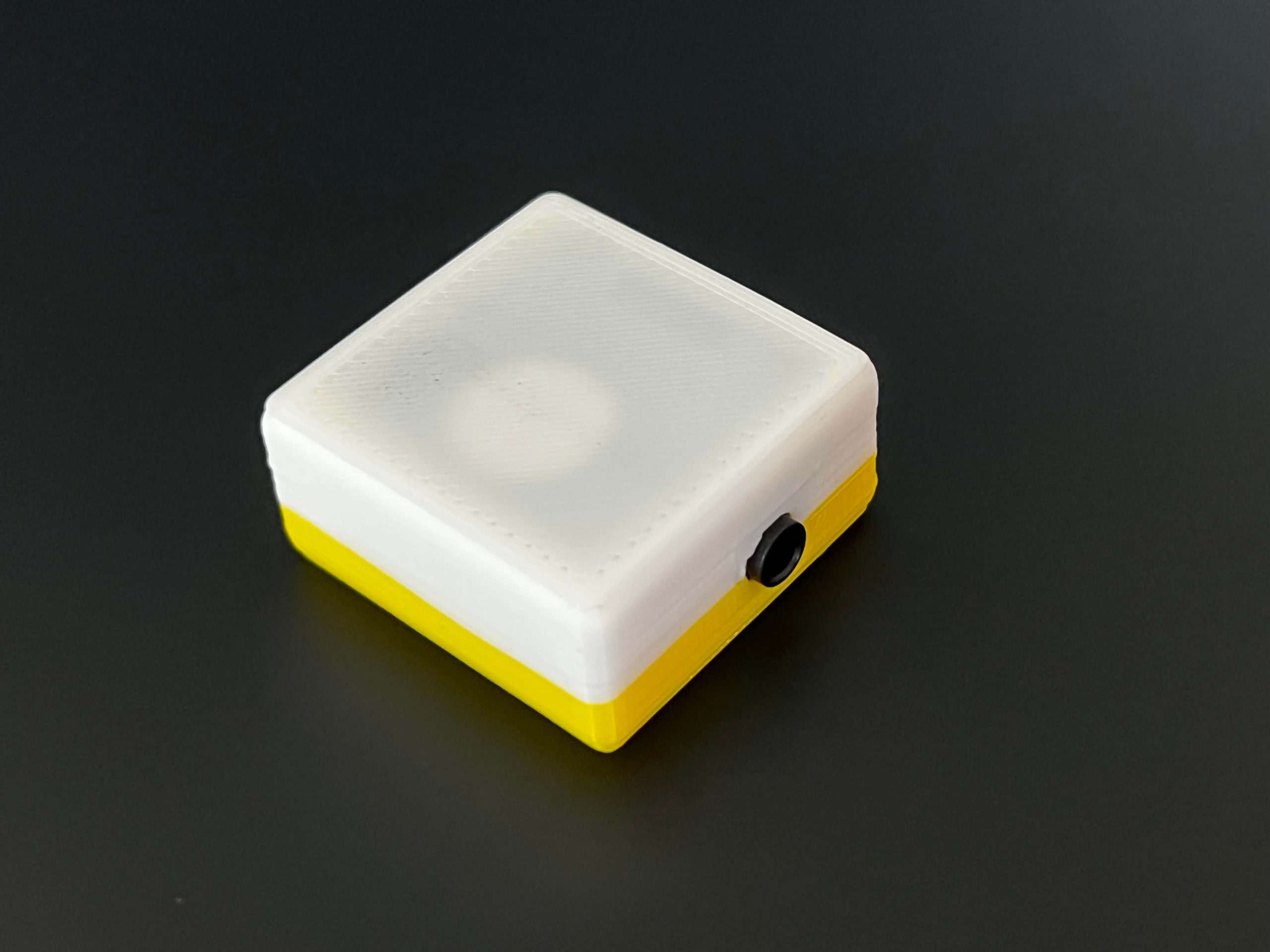
An assistive switch requiring minimal pressure to activate. Operated by/with:
- Arm movement
- Moderate hand function
- Some finger control, dexterity
- Can be mounted, touched with cheek
Dual Touch Sensor

An assistive switch requiring minimal pressure to activate. Dual sensors offer access to two functions. Operated by/with:
- Arm movement
- Moderate hand function
- Good finger control, dexterity
Button Switch
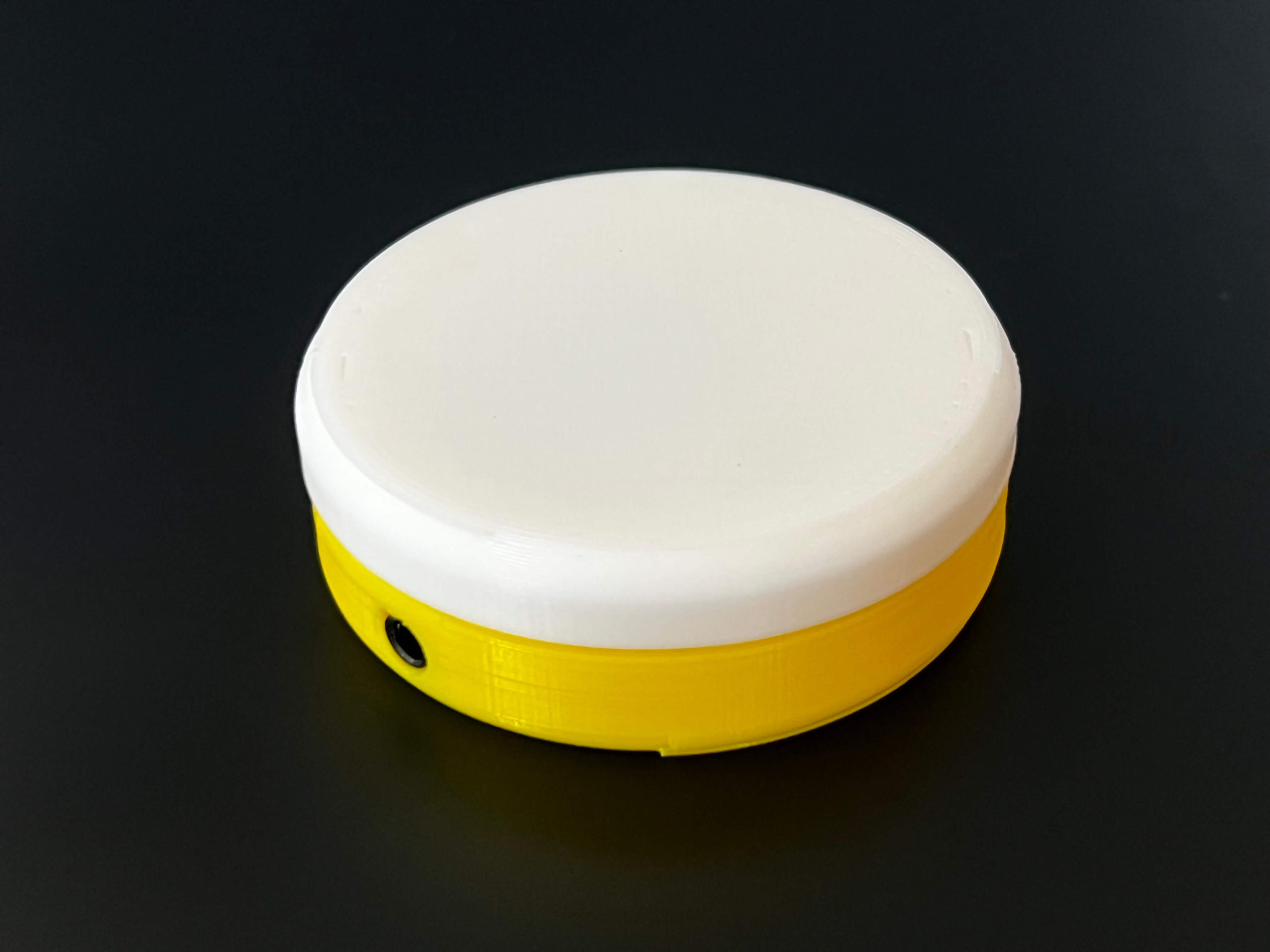
A pressure switch requiring a moderate touch to click and activate. Operated by/with:
- Arm movement
- Moderate hand function
- Some finger control, dexterity
Mini Joystick
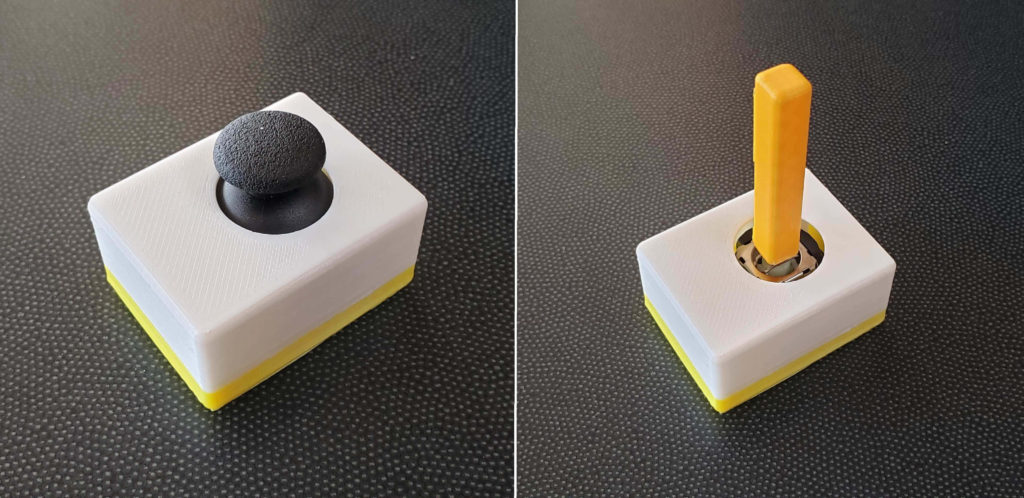
- A small, easy-to-use joystick that is operated by one or two fingers
- An extender rod is included to help people with less finger strength
- Operated by/with:
- Arm movement
- Moderate hand function
- Some finger control, dexterity
Mini Sensor
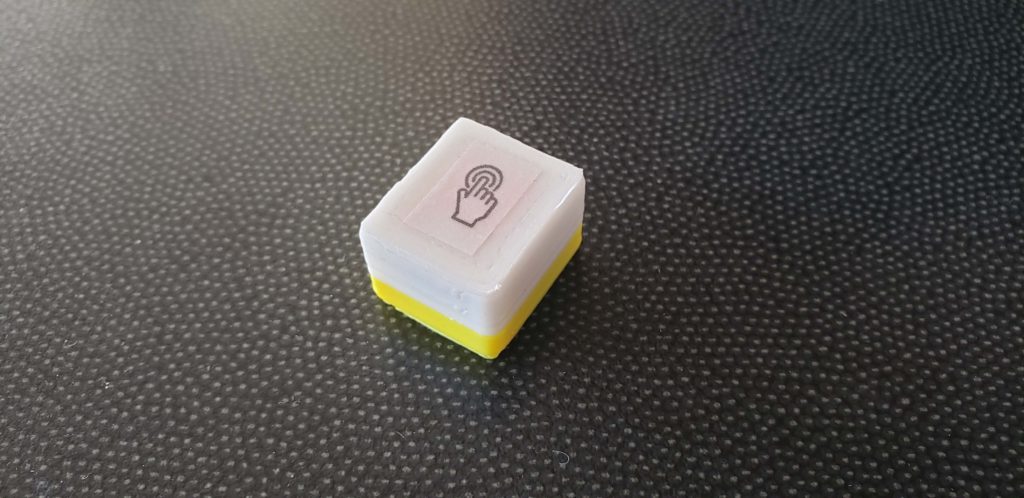
- Proximity switch requiring no pressure to activate
- Operated by/with:
- Arm movement
- Moderate hand function
- Good finger control, dexterity
- Can be mounted, touched with cheek
- Can be operated with a mouthstick
Bluetooth Module
- Connects netClé to a computer or tablet wirelessly
- When using Bluetooth, the netClé hub will require the USB cable to be plugged into a power source, either a computer port or AC outlet
Troubleshooting
If you experience difficulty getting your netClé to respond, a few things to check include:
- If one of the input devices is not responding, ensure that it is firmly plugged into the correct port
- If the hub does not appear to be working, begin by disconnecting the USB cord from your computer
- Re-check that all input devices are firmly connected to the port
Technical Support
If you still experience difficulty with your device, please contact us via email at support@netcle.ca. Please indicate if you would like one of our technicians to respond by email, phone or video call.
TetraLights
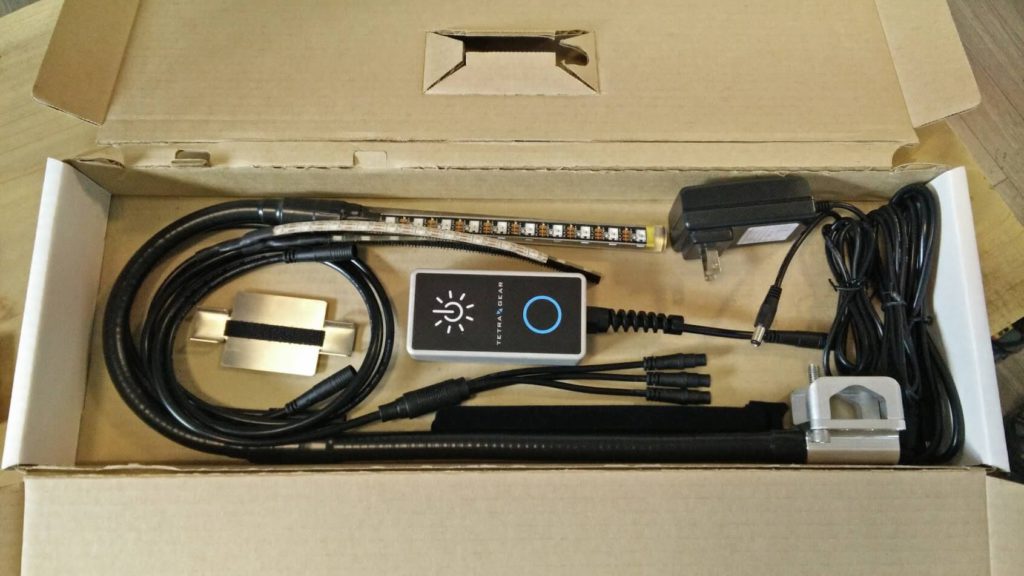
Frequently Asked Questions
Where is the best place to install the lights on my mobility device?
It depends on your needs! If you just want to personalize your device, anywhere exposed should be fine, as the superior brightness of the lights is sure to increase your visibility and vibrancy. From a safety standpoint, specifically raised illumination (Aerial) and lower-level lighting (Strips) are recommended. Stay tuned for photos and diagrams that feature suggested effective light installation configurations on a variety of devices.
How do I replace the battery?
You do not need to replace it! The light controller is powered by an internal, fully rechargeable lithium battery. Just plug the controller into the AC wall adapter when you need to power up. Based on regular usage, the battery should last 3-5 years or longer.
How do I know when it’s time to charge up the battery?
Every time the lights are powered on, the LEDs light up for two seconds to show how much battery life is left. For example, if 8 of 10 LEDs light up, the battery holds an 80% charge.
How many different colours are there to choose from?
The lights come with five (5) pre-set colours that users can select: red, white, blue, green, and rainbow (a steady gradient transition through all the colours). There is also a custom colour that users can create by holding down the colour button until the colour of your choice appears. This custom colour is then stored as a sixth colour selection and can be changed at any time.
How many controllers does the Aerial Plus require?
The Aerial Plus uses a single controller to operate and power both the Strips and Aerial portion of the system.
How tight should the clamp be (on the Aerial & Aerial Plus)?
Tighten the universal clamp only so that the Aerial gooseneck is secure and does not slip or rotate on the frame of your mobility device. Be careful not to over tighten, as this can cause damage to the tube. Though an Allen key is provided, tighten the screws only until “finger tight.” We recommend using a “star pattern,” similar to tightening the lug nuts on a car wheel, to ensure an evenly distributed compression fit.
I can’t change flashing modes. What is happening?
This indicates that your battery is low and that it is time to plug in the controller. Once it is charged up, you will be able to change flashing modes again as usual.
How do I connect the cables? The connections seem stiff.
The super-durable waterproof connection of the cables sometimes requires a bit of effort to connect, but this needs to be done carefully. Align the dots or arrows on the two ends of the cables, then push them together firmly. Do not twist the cables while pushing, otherwise, the alignment pins could be damaged. If you still cannot connect the cables by hand, use a low-heat hair dryer to warm up the receptacle end for not more than 10 seconds, and then try connecting. If you need to separate the cable connections, grip firmly close to the joint and pull apart. WATCH VIDEO
